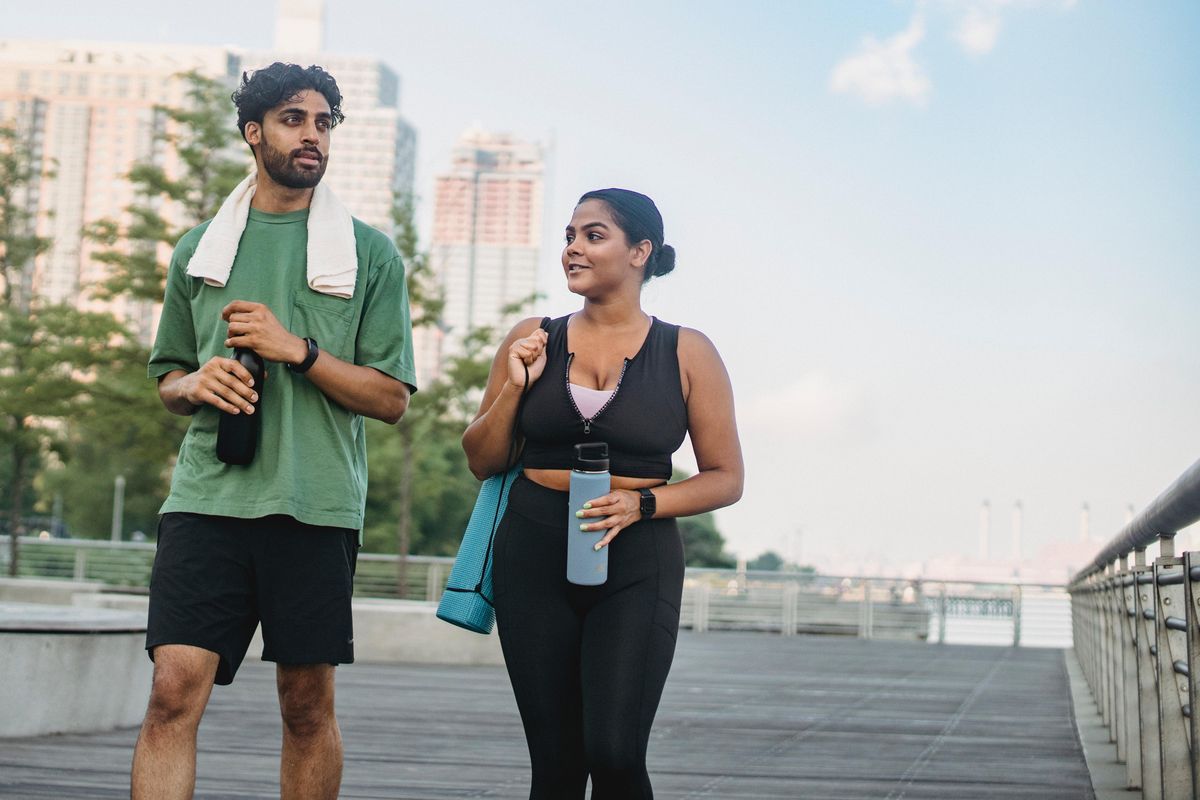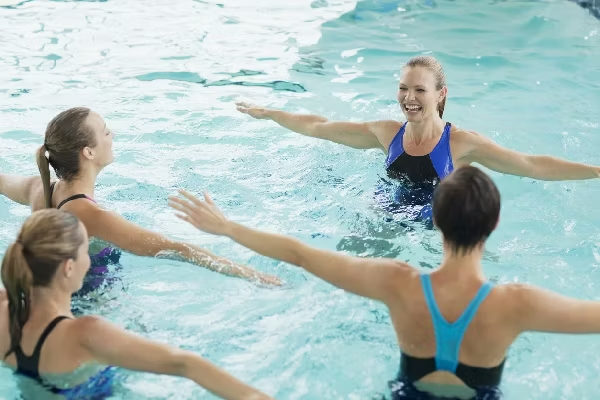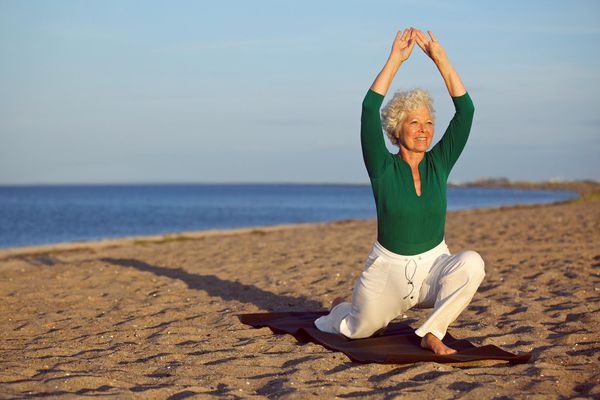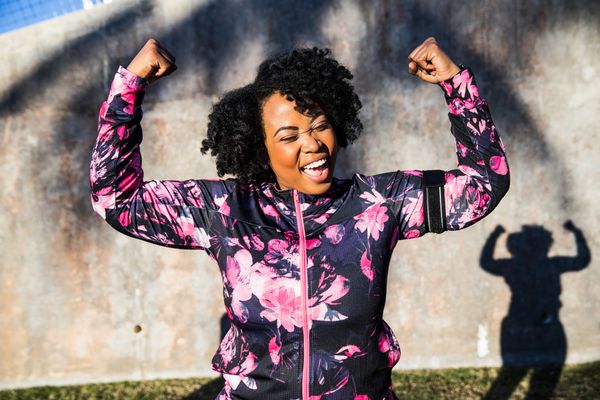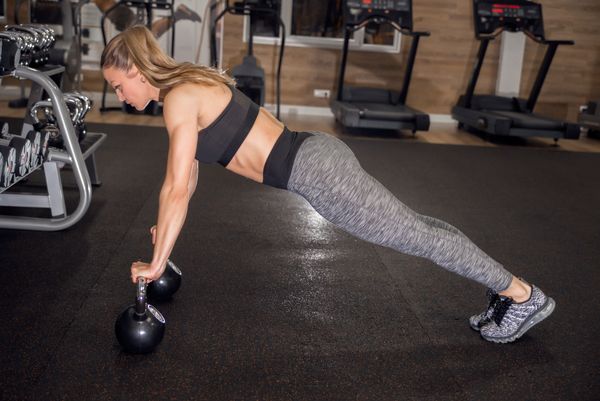Do you walk the walk, or just talk the talk, when it comes to supporting worthy causes?
When you walk the walk, by participating in a charity walkathon, you do good things for others while also doing something healthful for yourself.
Walkathons raise much-needed funds for all types of charitable and non-profit organizations. At the same time, walking builds your aerobic endurance, reduces cardiovascular risks, promotes weight loss, and prevents loss of mobility due to aging. It can even lower mortality among people with diabetes.
In keeping with the health rewards of walking as exercise, walkathons often benefit medical research, treatment and education campaigns. The names tell the story: America's Walk to Stop Diabetes (American Diabetes Association), Making Strides Against Breast Cancer (American Cancer Society), Walk to End Alzheimer's (National Alzheimer's Association), and others.
Although walkathons are held year-round (mall-walking makes that possible in wintertime), their popularity is most visible from spring to fall. Sometimes, it's hard to go for a weekend drive without encountering one. The American Heart Association's Heart Walk attracts more than one million participants at more than 600 events each year. WalkAmerica, the biggest fund-raiser for the March of Dimes, is held in 1,100 communities annually.
Most events cover relatively short distances, from 2K (1.25 miles) to 5K (3.1 miles), although some are marathons (26.2 miles) and half-marathons (13.1 miles). By collecting pledges from sponsors, walkers raise millions of dollars every year.
Walkathons inspire many of us, at all ages and levels of fitness, to get involved. Helping a good cause encourages us to lace up those sneakers and step out when we might not otherwise make the effort.
"When you walk just for the sake of walking, few people are truly motivated and keep it up," says Werner W.K. Hoeger, Ed.D., FACSM, professor of kinesiology and director of the Human Performance Laboratory, Boise State University. "If you have a goal in mind, then that motivates you and gets you going. This is beautiful."
A weekend walk
Having a goal has helped Denise C. Fox, of Brielle, NJ, prepare for the Avon Walk for Breast Cancer in New York City. The cause was important to Fox because two of her friends' mothers had battled breast cancer. "It made me realize that it could be any one of us," she says.
A friend urged her to be part of a five-woman walkathon team. Fox agreed, although, she says, "I've never done anything like this." That might not be a big deal for a 2K walkathon. But the Avon event, held in eight cities across the US, is a marathon walked over two days. Some participants walk even more-26 miles the first day and 13 miles on the second.
"I felt it was a challenge for me," says Fox, who is 32. "It made me feel as if I was doing something, getting the awareness out there." She is aiming to raise at least $1,800.
Before joining the walkathon, Fox had been exercising only once a week or so. Her job and toddler son needed much of her time. These days, she's trying to train regularly, walking about four miles, three times a week, and biking on one other day.
She notes her distances on a calendar. "Having that in front of me makes me accountable," she says. "But it's also encouraging me. I think, 'Look, you started out doing a quarter-mile back in January and it tired you. Now you did four miles the other night and you're still walking!"
That approach is a good one. "Start walking slowly before walking quickly. Then build up miles," advises Noreen Oswell, D.P.M., a board-certified podiatrist at Cedars Sinai Medical Center in Los Angeles, who has volunteered as a physician at walkathons and marathons.
She says inactive women, who may be overweight, are especially prone to foot-related injuries from walkathons and need to prepare and use caution. "The injuries aren't like fall-and-break-your-foot," Oswell says. "It's more like overuse, heel pain, arch pain, and tendonitis. They're so common."
Training helps
Whether you're signing up for a short-distance walkathon, or thinking about tackling something longer, training is vital. You'll want to check with your health care professional first, if you're thinking of becoming more physically active than you are now.
"You need to teach your body to exercise for the length of time you anticipate it's going to take you to do that event," says Hoeger. If you're sedentary, a 2K walkathon might take 30 minutes and a 5K might take 50 to 60 minutes. Your training routine should build to the amount of time you'll need for completion.
"Never walk the full distance as fast as you anticipate doing it in the actual walkathon," Hoeger adds. "When you do that, you're telling the body it's time to peak…it needs two to three weeks to recover from that. You want to save that for the day when you're going to participate in the event."
Hoeger recommends these training schedules:
For a 2K walkathon (4-week schedule, with 4th week ending on walkathon day):
- Week 1: walk in 10-minute sessions, 3x day, on 4 days
- Week 2: walk in 15-minute sessions, 2x day, on 4 days
- Week 3: walk in 20-minute sessions, 2x day, on 4 days
- Week 4 (when Saturday is walkathon event day): walk one 30-minute session on Monday and Wednesday; walk one 20-minute session on Tuesday and Thursday; skip Friday; participate in walkathon (30 minutes) on Saturday
For a 5K walkathon (6-week schedule, with 6th week ending on walkathon day)
- Weeks 1 through 3: same as for 2K event
- Week 4: walk one 30-minute session, on 5 days
- Week 5: walk two 20-minute sessions per day on Monday and Wednesday, one 30-min session on Tuesday and Thursday, skip Friday, and walk one 50-minute session on Saturday
- Week 6 (when Saturday is walkathon event day): Monday and Wednesday, walk one 30-minute session in morning and one 20-minute session in afternoon; Tuesday and Thursday, one 20-minute session; skip Friday; on Saturday, do full walkathon (50-60 minutes).
Granted, many women don't train for short walkathons. But, says Hoeger, "this will make your experience much more rewarding. And you'll probably end up walking much faster than you thought you would be able to."
More Tips for Walkathon Success:
- Build your training time gradually.
- Take a break and exercise minimally or don't exercise at all on the day before the event.
- If you can plan far enough in advance, Hoeger advises following the 6-week training program described above and then add speed training on a track one day a week (Tuesday are good days for speed training). Do only one walking session the day of speed training. The following is a sample progressive speed training program:
- Week 1: Walk at 80 to 90 percent of your fastest speed for 100 yards, then walk slow for 100 yards. Repeat 10 times.
- Week 2: Walk 100 yards fast (90 to 100 percent), then 100 yards slow. Repeat 10 times.
- Week 3: Walk 200 yards fast, 200 yards slow. Repeat 6 times.
- Week 4: Walk 200 yards fast, 200 yards slow. Repeat 10 times.
- Week 5: Walk 400 yards fast, 400 yards slow. Repeat 4 times.
- Weeks 6-8: Continue week by week, until you build to 400 fast/400 slow, 10 times (add two 400s per week). "You're in pretty darn good shape at that point," he says.
- During the weeks of speed training continue to walk once or twice per day for 20 to 30 minutes per session each day (depending on the distance of the planned walkathon). Walk only once at a "comfortable/easy" pace the day following the speed training and do longer walks on Saturdays.
- Be sure to stretch. Stretching the calf muscle helps prevent injuries, including back strain, shin splints, heel and knee pain, Oswell says. To do a calf stretch (or wall push):
- Lean toward the wall, your arms stretched out, one knee bent.
- Push in and hold stretch for a count of 10 or 20. "Don't bounce," Oswell cautions.
- Wear the right shoes and socks. Both Oswell and Hoeger advise going to an athletic shoe store, not a discount department store, to get the proper fit. Athletic footwear stores also carry synthetic socks, which are better than cotton for providing good padding and keeping your feet dry.
- Looking for a walkathon to join? Here are a few:
- Alliance for Lupus Research Walk With Us to Cure Lupus
- Alzheimer's Association Walk to End Alzheimer's
- American Heart Association Heart Walk
- Avon Walk for Breast Cancer
- Leukemia & Lymphoma Society Light the Night Walk
- March of Dimes Walk
- The Susan G. Komen Breast Cancer Foundation Race for the Cure
- Walk to Cure Diabetes

